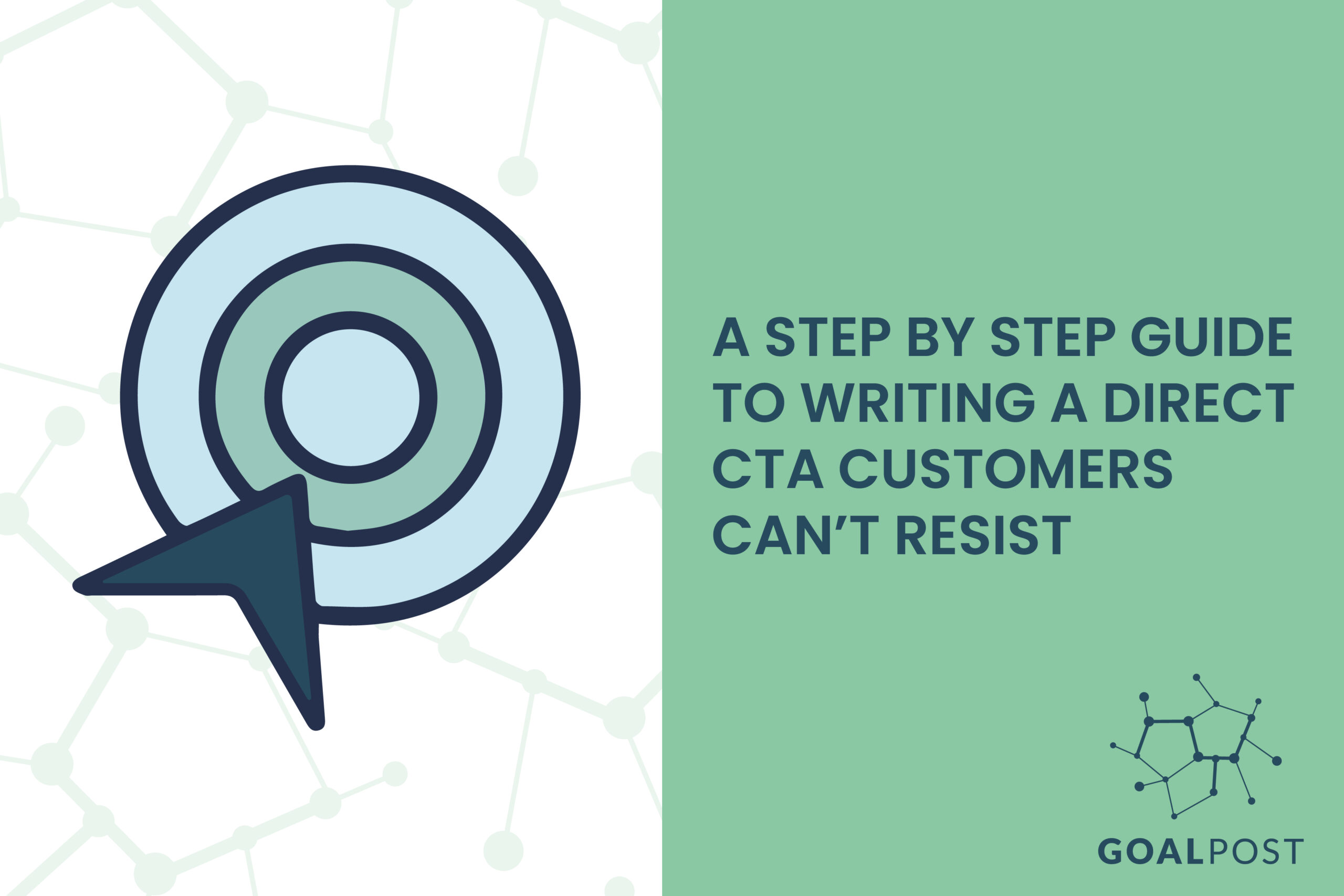The day has finally come: you’ve got a killer sales pitch, catchy social media advertisements, and enough branded merchandise to fill an Olympic-sized swimming pool.
Customers click your ads and begin flocking to your website. They are eager to find out more about how to purchase your amazing new product.
There’s just one problem: you don’t have a direct call to action.
Excited customers scroll up and down your home and product pages, quickly looking for a “Buy Now” button or some indicator of what to do next. After a few seconds, seeing nothing, they scroll away — and you’ve lost the sale.
If you’ve never thought about the importance of a direct CTA, now is the time to start. This exact scenario has probably happened to your business without you even knowing it.
What Is a Call to Action?
A call to action is a request for a user to take a specific action.
“Shop Now,” “Add to Cart,” and “Get Started” are all standard CTAs that invite the reader to take the next step and engage with a business in a concrete way.
Typically, this type of action requires the disclosure of an email address, credit card number (at the point of purchase), or some type of commitment that indicates the user has moved from passive to active interest.
What’s the Difference Between Direct and Transitional Calls to Action?
Simply put, direct CTAs are exactly what they sound like: clear, simple, and direct. You’re telling the customer exactly what to do and providing them with one streamlined way to arrive where you want them.
Transitional CTAs are the first, second, and third dates before asking the customer to make a commitment. You are wooing them with free material (“Download Your Free eBook”), a chance to experience a courtesy service (“Get My Free Consultation”), or go deeper in understanding what your business does (“Go Behind the Scenes”).
Every great website has both.
Part of your marketing strategy should include determining what your direct and transitional CTAs are. How are you going to offer value to potential clients, and then what should they do once they’ve decided to take the next step?
How Do I Write a Direct Call to Action?
Authoring your business’ direct CTA doesn’t have to be intimidating. Here are three steps to help you get the customer response you want.
- Provoke emotion. Because CTAs are so short, you have a limited amount of time to capture a reader’s curiosity. Help customers connect with you by using language that jumps off the page. Punctuation plays a big role in this, as do time-sensitive offers. “Start Your Free Trial Today!” and “Don’t Miss Out — Buy Now” are great examples.
- Pick a verb. Create a sense of urgency by driving home one single action word. A direct CTA that includes verbs like “Book Your Next Adventure,” “Dive In,” “Discover Your Best Life,” and “Start Now” all communicate a sense of urgency and subconsciously help the customer imagine moving from one mindset to the next.
- Take advantage of FOMO. No one likes feeling left behind, and you can speak to your customer’s fear of missing out by positioning your product as the answer. “Act Now,” “Join the Community,” “Get Limited Time Offer,” and “See What You’re Missing” illustrate this perfectly.
Feeling like you’ve mastered the direct CTA? Check out our article on creating a knockout transitional call to action HERE!
At Goalpost Group, we help our clients break the cycle of bad marketing using strategy, structure, and killer content that drives sales and wins the day. Get in touch with a member of our team to learn more about how we can help transform your marketing.





